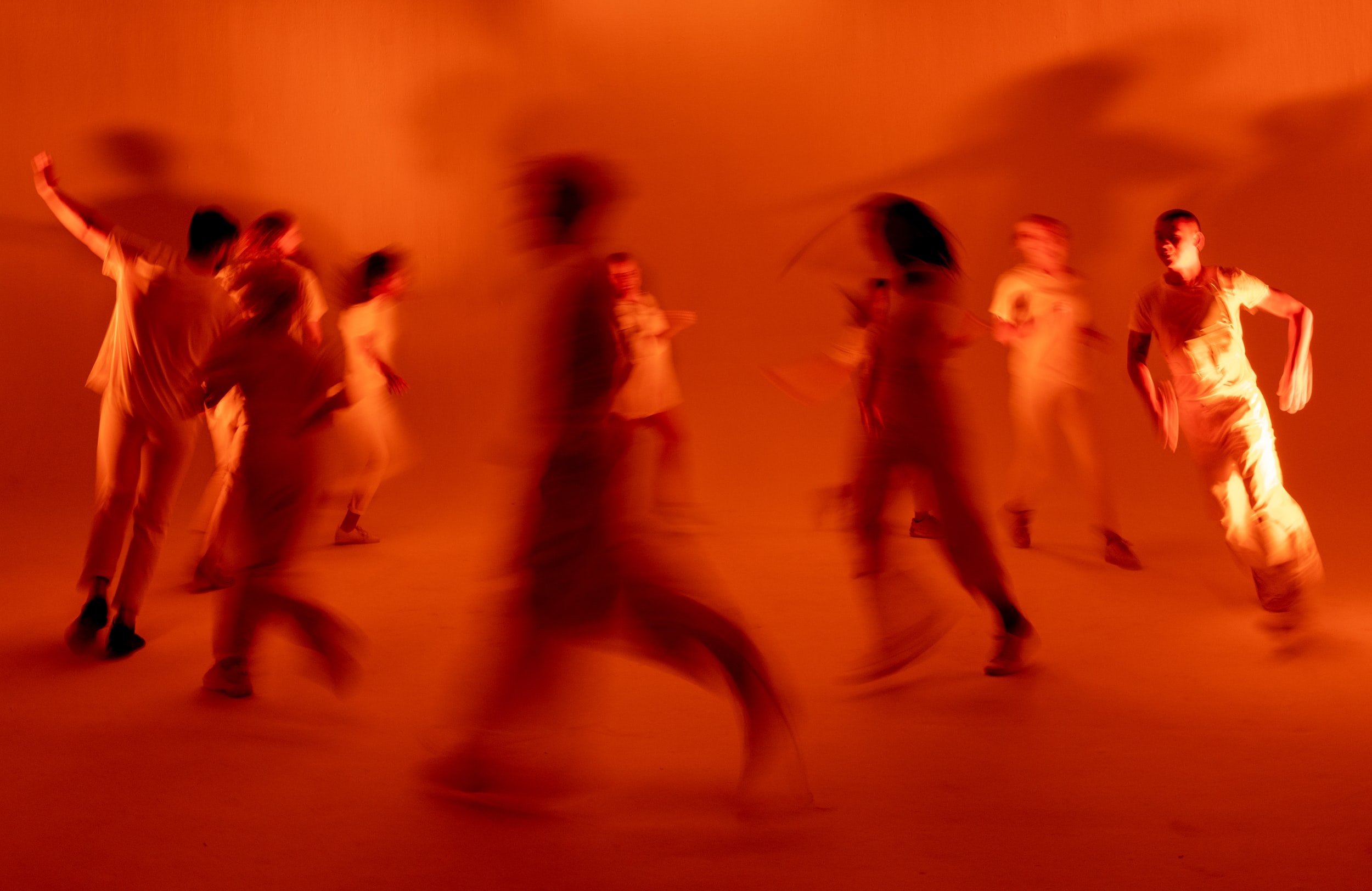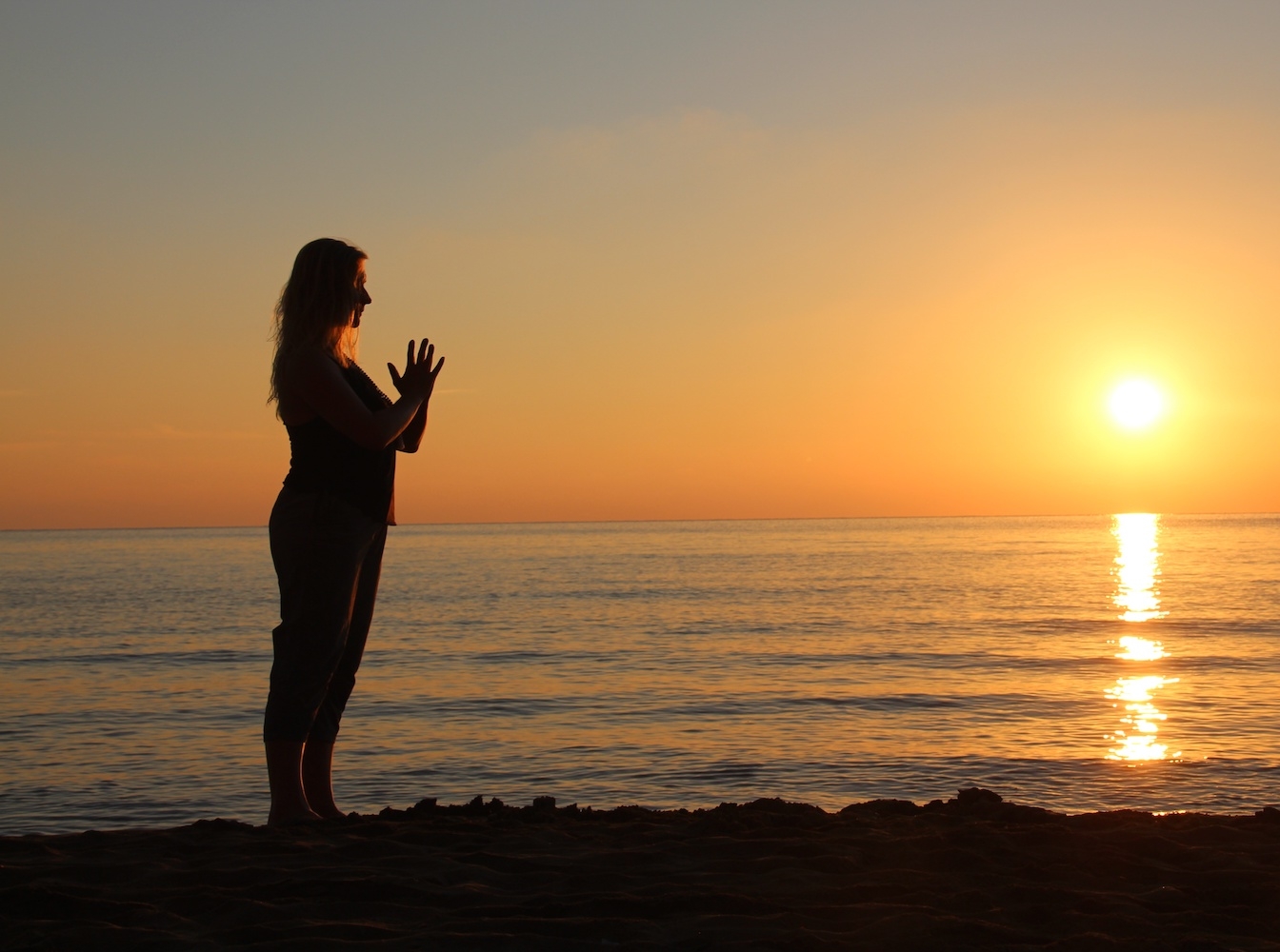Maps to Ecstasy: An Embodied Book Review
“Your body prays in its own ways, your altar is a moveable feast of images and settings.”
- Gabrielle Roth, Maps to Ecstasy
This blog post is a book review, but more than a book review. It’s a story of a lived and embodied experience of one of my favourite books, and in my opinion, one of the best explanations of the five yogic ‘koshas’ (‘sheaths’ or layers of being) model, without ever using that word! She begins the journey with what I call, ‘The Shaman’s Prescription’, a reminder of what many shamanic societies value as critical for our wellbeing:
The Shaman’s Prescription
“In many shamanic societies, if you came to a medicine person complaining of being disheartened, dispirited, or depressed, they would ask one of four questions:
When did you stop dancing?
When did you stop singing?
When did you stop being enchanted by stories?
When did you stop finding comfort in the sweet territory of silence?”
Gabrielle Roth
In the book ‘Maps to Ecstasy’, Gabrielle Roth describes healing as a journey that involves stepping out of our habitual roles and away from our conventional scripts. She invites us to improvise a dancing path, that leads us from the inertia of sleepwalking to the ecstasy of living in the moment. If we consider ‘yoga’ as both the practices that lead us towards liberation, and the state of liberation itself, I believe that Gabrielle Roth is also describing the yogic journey.
“This book is, in itself, a journey, an initiation. It calls on you to discover and explore your creative power to transform yourself. It’s an opportunity to free your body, express your heart, empty your mind and embody your spirit.”
Gabrielle Roth
Gabrielle Roth not only shows us the map, but also leads us by the hand on that journey through those five doors to freedom, those five dancing rhythms…
Freeing the Body
“The ritual of your movement work is up to you. Do it when the spirit moves you.”
Gabrielle Roth is inviting us to engage with our physical bodies, what yogis also call the annamaya kosha, to take the shaman’s dance prescription: move our bodies, while at the same time empowering us to do this at the rhythms of our own bodies and lives. In yoga, this honouring of the rhythms and seasons is called rtucharya.
2. Expressing the Heart
“Being alive is dangerous. It means feeling things you might not want to feel, or thought you might never would.”
In the second level of the journey, Gabrielle Roth invites us to be open to feelings, really express our heart. The second level of the yogic kosha model is that of the pranamaya kosha. Pranamaya kosha is the energy layer, and is said to be composed of prana, which means both energy and breath. So, pranamaya kosha is the vital shell of the body that contains life. The existence of pranamaya kosha is what differentiates the living from the dead. And of course, the heart and lungs physically reside together in the thoracic cavity, and a beating heart and breathing lungs are physically the differentiation between the living and the dead. By engaging with the breath, we can invite ourselves to be fully present, fully alive, fully in our hearts, and fully feeling, whether we deem those feelings ‘good’ or ‘bad’.
“Your voice takes you to your heart. Sing and dance how you feel.”
Part of the way to really feel is to take the shaman’s prescription to sing, to use the breath to express our emotions. Bhakti yoga is called the yoga of love or the path of devotion. Bhakti yoga uses practices that include song and music to support one's heart to express love and devotion.
3. Empty Your Mind
“The mind is the bridge between the higher and lower dimensions of ourselves. It leads towards unconsciousness or toward enlightenment, living in the dark or in the light. We can use the mind to recognise and heal our own psychic wounds. Or we can allow it to go on autopilot and drift across the surface of reality. Nobody can make the choice but you and me.”
In the third stage of the journey, Gabrielle Roth invites us to engage with what yogis call the manomaya kosha, the mind or mental layer. As she describes, yogis also say that the mind, the manomaya kosha, is the link between the higher and lower levels of being: it is the middle and linking layer of the five. By using to techniques to clear our minds of mental clutter, such as through journaling, and by noticing and working to heal our emotional woundings, we can free the mind to be the vehicle for that which it is most useful, rather than the driver. Our consciousness is the driver, the mind is the vehicle. Not the other way round.
“Personal writing is itself a way of shamanic healing.”
Gabrielle Roth invites us to take the shaman’s prescription to tell stories. I definitely feel that the parts of my life when I have kept a journal feel juicier, more alive; and those times in my life when I have not written, for whatever reasons, feel darker, like I closed my soul down when I closed my book and put my pen down.
4. Awaken the Soul
“The fourth task is to awaken the soul to experience the power of seeing. Seeing the difference between the real and the unreal in ourselves and others. Living from the soul, not the ego.”
The fourth stage of the journey maps directly to the fourth kosha, the vijnanamaya kosha, the layer of wisdom or intellect. Now the wisdom that the yogis are referring to is not one of academic knowledge, but instead the wisdom that arises from having become present to our physical and energetic bodies, liberated our minds from chatter, and therefore allow viveka, or discrimination, to arise. As Gabrielle Roth describes, this is the real power of seeing; living not from the ego (a world of maya, or illusion) but from the soul.
5. Embody the Spirit
“Once emptied, you’re ready to pay attention to your true self, to listen to and look at the you behind the mask."
As we reach the end of the book, and the fifth step of the map, Gabrielle Roth empowers us to move away from imitation, empty and listen within to our own intuition, the mind that knows without thinking. She empowers us to find our true unique voice and rhythm, and manifest the world of our dreams. She invites us to take the shaman’s prescription to take comfort in the sweet territory of silence, to find what yogis call, and often experience in savasana (yogic rest at the end of class) or meditation, the anandamaya kosha, the bliss body. I am so grateful for this book, and for the teachings of yoga and all my teachers. I will keep teaching and practicing and growing and taking the shaman’s prescriptions in all their forms, until this physical body can only enjoy the sweet territory of stillness and passes into it.
And who would not want to experience a life like this?
“Oh Great Goddess, perceive the spatiality of the universe, and become the jar that contains it." Vijnana Bhairava Tantra
Thank you for reading, and huge gratitude to my dear friend and teacher Delamay Devi for introducing me to this beautiful book. If you have enjoyed reading, you might also enjoy The Science of Spirit.
My next Yoga Teacher Training programme starts in September 2022.








